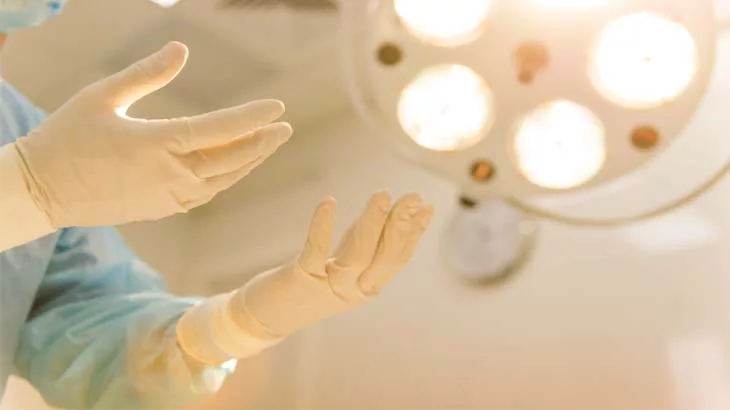What is the process involved in a minimally invasive surgery?
October 3, 2016
Surgery is always a difficult process for everybody. It is very draining for you, both, mentally and physically. However, sometimes the surgery is not very bad. Normally, you will have a huge cut across the length of your abdomen. You will have to stay for around 3 to 6 days in the hospital and have to stay at home 6 to 8 weeks. However, have you ever considered a minimally invasive surgery? Types of minimally invasive surgeries include laparoscopic bariatric surgery and lap appendectomy procedure. The first part of the procedure is the same for all. However, it varies slightly.
Here is the first part of the Minimally Invasive Surgery procedure:
- The first part of the procedure:
It is true that the diagnostic laparoscopy recovery time is much less than the recovery time of open surgery. This is because the cuts made from a laparoscopy diagnostic are much smaller than a regular open surgery. What happens here, is that first, general anaesthesia is given. However, if the patient is comfortable, local anaesthesia might be administered as well. The surgeon then makes a small cut below the belly button. A tube is then inserted into the cut made. From this tube, carbon dioxide gas is inserted into the peritoneal cavity to achieve pneumoperitoneum. The reason that carbon dioxide is inserted into the peritoneal cavity is to increase the belly size so that the surgeon has more room to work with and the chances of a mistake are reduced. Once the pneumoperitoneum has been achieved, a long thin tube with a camera and a high-intensity light is placed into the belly. Once the pictures start showing clearly, the actual operation begins. This is very different from an open surgery as that would include a huge incision starting from your chest all the way to the abdomen.
- Laparoscopic bariatric surgery:
The Laparoscopic bariatric surgery procedure is performed so that the patient does not absorb as much food as before, and thus, does not eat much. Since the patient will not eat much and does not absorb much food, the fat of the patient will reduce, as less fat is being stored in the adipose tissue. The procedure here is very complex. However, in short, a large part of the small intestine and the lower part of the stomach are closed, and since these are the two main places where food is absorbed, much less food will be absorbed.
- Lap appendectomy procedure:
A lap appendectomy surgery is performed whenever there is a problem with the appendix, and it has to be removed. The most common reason for performing an appendectomy is appendicitis. What happens in a lap appendectomy surgery is that the appendix is cut, and the area where the bleeding occurs is then stitched together tightly. The first part of the procedure is described above.
Finally, a minimally invasive surgery will bring some other advantages besides a shorter recovery time among which less pain and lesser chances of infection are the biggest. Therefore, you should ask your doctor for the benefits of a minimally invasive surgery.
NOTICE BOARD
CONTACT US
CONTACT US
 Book Appointment
Book Appointment


.svg)
.svg)
.svg)
.svg)








